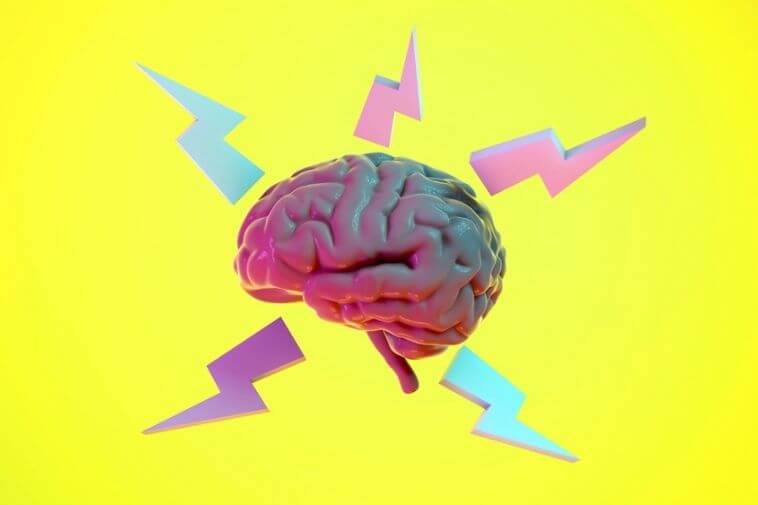Brain Myths #1: do we use 10 per cent of our brain
In a nutshell, this is inherently wrong and diminishes how amazing the human brain really is. We use all of our brain, most of the time.
A congenitally blind born child still has the brain space allocated for the interpretation of visual stimuli, but it will be used for various purposes instead.
If injury damages an area of brain tissue, the brain will recruit additional areas to take over the lost function. This understanding on its own has revolutionized the stroke management approach to medicine.
Previously, a person who had suffered a brain injury through stroke would have been offered six months of treatment to assist in function recovery. It was believed (wrongly) that was what could be expected to be the physiological limit. Today we better understand that it takes a long time for the biological recovery process and can be painfully slow.
At the age of 37, Jill Bolte Taylor, Harvard author and neuroanatomist, had a massive stroke that wiped away much of her left hemisphere. Her background meant that she knew she could use the plasticity of her brain to help her recover. She remembered thinking when she realized what was happening to her,’ I am a very busy woman, I have no time for a stroke! So I’m going to do it for a week or two, and then I’ll get back to my routine’.
It took a bit longer than one or two weeks. Eight long years to learn walking, talking, reading and writing again. Her TED talk ‘ My Stroke of Insight ‘ is an outstanding testament to the human mind’s power.
Brain Myths #2: We are either right brained or left brained
Neither. We are both.
We are born with two hemispheres united by a thick band of corpus callosum, and all the time they communicate with each other. While there may be some functional difference between each side, we use whole-brain thinking. It is a disservice for us (and our brains) to label ourselves as left brain or right brain.
Remember, it’s all about where we choose to focus our attention. You may spend your days looking at data if you are fascinated by science, but you can still appreciate music and art. If you are more inclined towards art, you may also be interested in mathematics and how robots can help our lives.
Brain Myths #3: Brain training makes your brain younger
Sorry to be disappointed, but training will not change your brain’s age. It’s not like plastic surgery where we’re trying to make ourselves look younger. What it can do is improve some aspects of how well we use our brain parts. It is better to consider training as polishing those areas to which we pay more attention.
Overall, your brain and the rest of you will continue to age. Some processes, such as learning new skills, slow down as we age, but we gain wisdom in turn, and studies suggest that we are less stressed by outside circumstances. Stress contributes in terms of how well our brain works to the aging process.
Brain Myths #4: Brain training doesn’t work
There was little more to the first ‘ brain games ‘ on the market than entertainment. The challenge was to provide evidence that brain training not only produces improvements in the programs themselves through effort and practice, but also real, sustained, positive change that applies to real life.
Ask smart and straightforward questions up front if you are considering trialing a brain training program. What is the purpose of this program? How’s that going to make a difference? Is it set up so that I can see how well I’m doing in a specific task at the moment? Can I keep track of my progress?
In the world in which I live, how will this training translate into real benefits?
In addition to general fitness work, athletes who are preparing to improve their physical fitness will often target certain muscle areas. A golfer may be aiming for their swing. A sprinter can concentrate on starting them. Similarly, it is important to know which of your mental muscles you want to focus on and the best technique to achieve that when choosing a brain training program.
It’s not enough to participate in short brain training bursts. Ideally, it’s about committing over eight weeks to a minimum of 15 hours — and that’s a minimum.
If you joined a gym but only appeared once or twice a month, you wouldn’t expect to see the same level of physical fitness improvement compared to committing to two or three sessions a week. You need to spend three or four 45-minute sessions each week to get the most out of a brain training program. For three months, some programs recommend continuation, , with occasional ‘top-ups’ thereafter.







